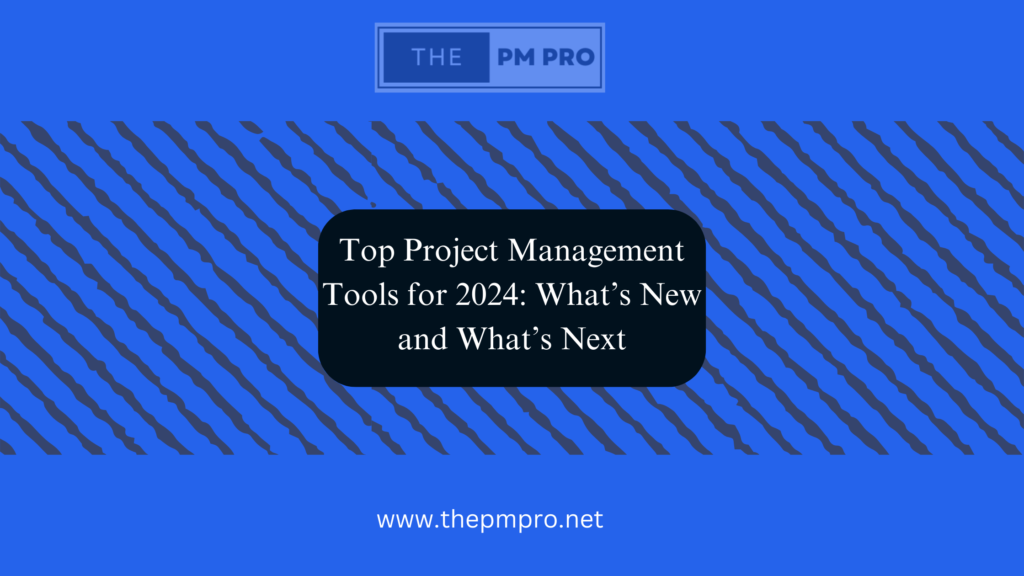In this article, we’ll discuss the 9 risk management tools and techniques including templates, risk registers, RAID logs, risk breakdown structure, SWOT analysis, etc.

Risk Management Template
A template is used for identification, assessment, and control of project threats. Using a template allows gathering the information you need to mitigate and identify risks in a single place. This makes sure nothing is lost and saves the project from risks.
Risk Register
The risk register is a basic tool in risk management. The risk register helps describe and identify risks. The risk register enables project manager for prioritization of risks, assign a risk owner to resolve the risk, and provide a space for notes. It is a strategic tool that controls project risks. It helps gather risk data for the project team and a way to proactively respond if risks how up. It maps out a way to keep the projects on schedule and budget.
RAID Log
A RAID log is used in the project planning stage through the execution stage. It tracks and identifies assumptions, risks, and decisions. This enables project team to manage assumptions and risks during the process of decision making.
Risk Breakdown Structure
It is a hierarchical framework that facilitates risk categorization for project risks. It enables teams to identify, manage, and assess project risks in a systemic way by decomposing them into manageable, small components.
SWOT Analysis
SWOT analysis tool helps with risk identification. Start with the strengths and determine the project aspects that are well-positioned and secure. After strengths, list down the weaknesses that are missing or need to be improved. Negative risk livelihood might raise its head here while positive risks emerge from identifying the project strengths. Threats refer to negative risks and opportunities are the positive risks.
Probability and Impact Matrix
The probability and impact matrix is another great tool. It helps with risk prioritization and saves you time. It combines the scores of probability and impact of each risk and ranks them according to severity. This helps understand each risk in the context of the project, so if the risk occurs, there’s a defined plan of response.
Brainstorming
For brainstorming, you first need to assess risks that might affect the project. This begins with the review of documentation, lessons learned, and historic data from similar past projects, and reading organizational process assets and articles. Anything that offers details on issues that can occur during project execution. After you have done the research, start your brainstorming with someone with an insight.
Scenario Planning
Scenario planning helps prepare and anticipate project risks. It involves developing narratives about future scenarios to know how factors affect operations and objectives of an organization.
Fishbone Diagram
It is a tool used to analyze, identify, and categorize cause of risk or issue. It resembles a skeleton of fish with the spine indicating the main issues and the bones showing the categories of causes.
9 Risk Management Tools & Techniques- FAQs
How can 9 risk management tools and techniques be used?
Many tools use data analytics to identify trends and patterns in past data. This includes operational incidents, financial performance, and market dynamics. Through an analysis of these trends, tools can forecast future risks.
Why is it important to use risk assessment tools?
They help reduce the probability of risks and increase awareness about risks and help organizations identify ways to minimize risks.
What is the most famous tool of risk management?
The risk register is the most famous risk management tool.
Which tool is used for risk identification?
SWOT matrix is a tool used for the identification of positive and negative points that can affect the company goals.
Do follow our Tools and Techniques Section for more relevant articles
Do watch the Article Video Here
Do subscribe Our YouTube Channel for more relevant videos

